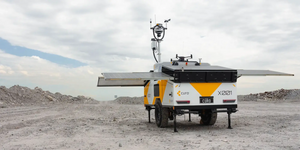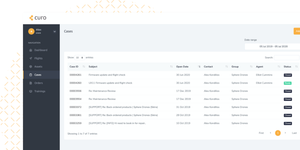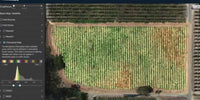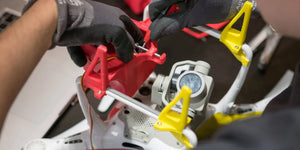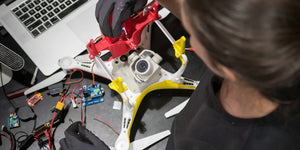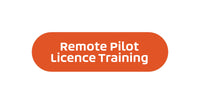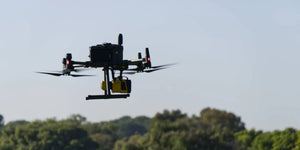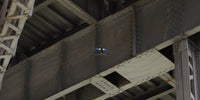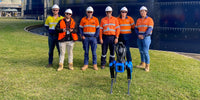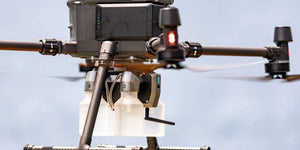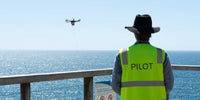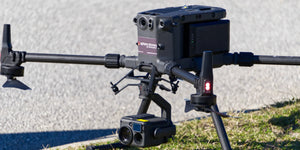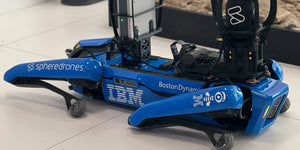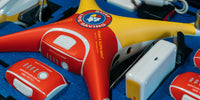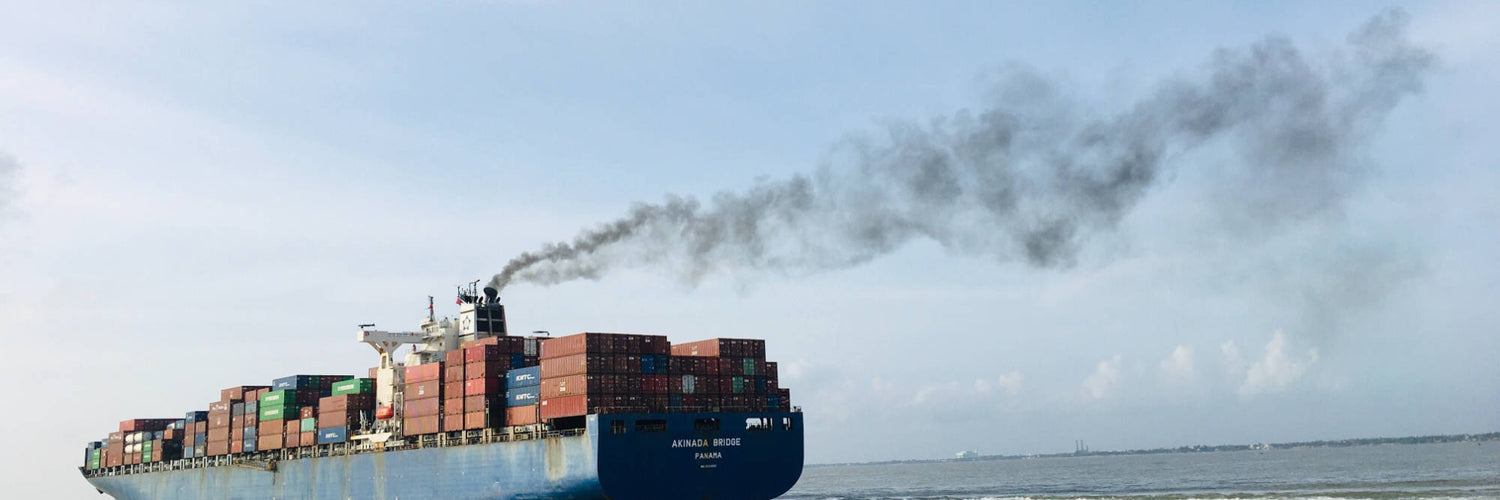Sulphur emission monitoring is an important part of ensuring ships stay compliant with the relevant laws of countries they dock or pass through. Monitoring the emissions is often expensive and potentially dangerous.
Using drones for sulphur emission monitoring
Using a drone equipped with a sulphur sensor is more efficient and safer than manual methods while reducing costs. A drone equipped with a sulphur sensor can either be flown manually or docked at a port, ready to go when the command comes in.
The drone can then be flown to a specific location or near a ship to begin collecting data. This can all be done within minutes and verified using an on-board camera and ship location data to ensure the correct ship is being monitored. Multiple ships can be monitored during a single flight.
Benefits of using drones
- Improved data accuracy - A drone-based sulphur monitoring system can quickly target and begin collecting on a specific ship while following it to ensure enough data is captured.
- Increased response rate - A drone is able to get in the air and begin collecting data within a matter of minutes, improving efficiency and allowing data to be collected over a longer period of time.
- Decreased collection costs - Personnel no longer need to physically collect samples, whether it's via the ground or the air, dramatically reducing costs.
- Increased personnel safety - As personnel are required to board a ship to collect samples, there's less chance of something going wrong.
